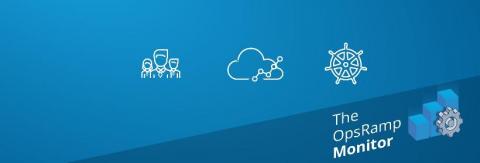Top 3 RapidSpike E-commerce Tools: Part 3 - Security
Performance and security are the lifeblood of an e-commerce website. The moment pages start to slow down, or your customers fear their data may be at risk, is the moment your business starts to fail. This post is the third in a series exploring the key tools every ecommerce site needs running 24/7.










